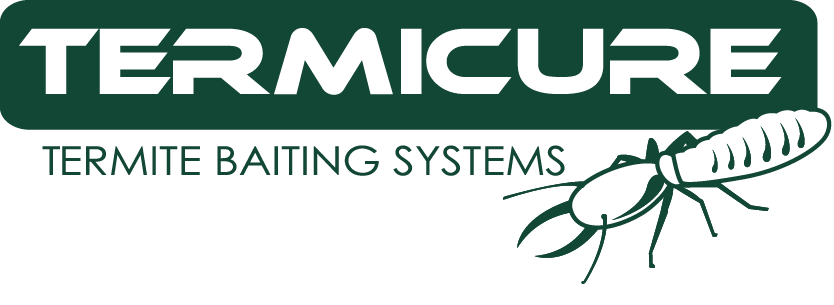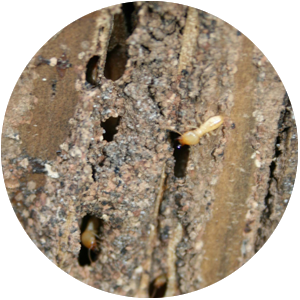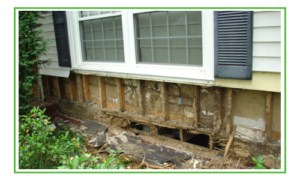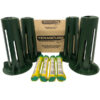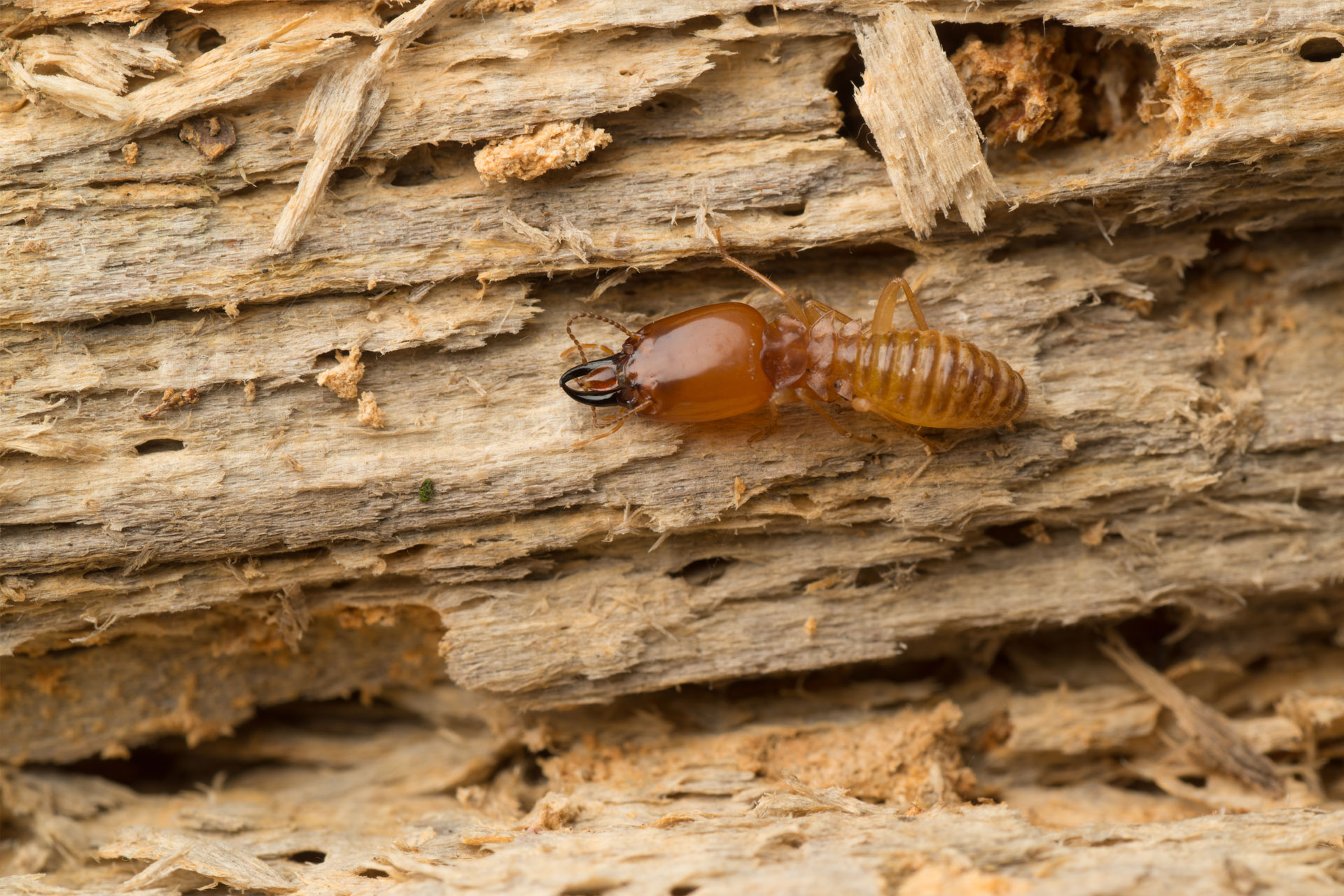
One of the most common phrases punched into google by homeowners when termites are found at home, is ‘DIY live termites’.
So you’ve vacuumed the study, and the head of the vacuum has gone straight through the skirting board-or…you wiped the bathroom window sill and your fingers went straight through the paint…
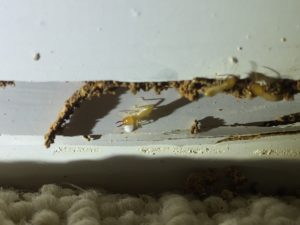
These are all common scenarios, and most of the time, it’s a phone call from the wife to the husband at work letting them know that they have found a problem. Husband stresses all day until he gets home to inspect the carnage, and then either gets straight on google looking for answers, or immediately hits the live termites with some fly spray. This happens regularly, and stress levels go through the roof. “I have live termites in my house and I have to do something NOW!” DIY live termites-treatments, causes, signs etc… are terms punched into search engines with a years worth of research achieved in just a few hours and with so many conflicting stories from websites claiming to be termite professionals, to woodwork and handyman forums speaking of pouring diesel or sump oil on live termites to wipe them out. Well here comes some advice from an active professional within the termite industry, who is an advocate for enabling homeowners to successfully protect their own homes from termites…STOP!!
You need to contact your local termite professional, and have a full termite inspection done on your home. Let them know that you have found live termites, and you will require a treatment. There’s no shortcutting termite eradication. Successful termite eradication can be a tricky undertaking for even the most experienced termite professional, and attempting DIY live termites as a homeowner is a recipe for more destruction.
There are three main methods of treatment for internal termite eradication, and a quality termite professional will choose between aboveground termite baiting, or spot treatment using either a fiprinol foam or dust formulation. Spot treatment of active termites internally consists of the application of a fiprinol based termiticide with a foaming agent, or a dust application to the live activity.
Foam is a liquid chemical formulation combined with a foaming agent which is pumped into the live workings. The active ingredient (fiprinol) expands throughout the damaged timbers as it is pumped into the affected area. The foaming agent causes the formulation to expand (much like dishwashing detergent expands when agitated and mixed, only on a larger and more precise scale), carrying the active ingredient further throughout the galleries to contact more live activity. After around 20 minutes, the foam simply turns back to liquid, and the active termites continue about their feeding and grooming, passing the active ingredient throughout the activity.
Fipronil Dust is another method, where a dust formulation is pumped carefully into termite workings and live activity. The active ingredient is blown through what workings on the dust particles, contacting termites as it flows. Again, the active ingredient is then transferred through the activity.
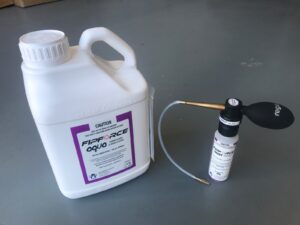
Now some manufacturers claim that the ‘transfer effect’ will eradicate and entire colony with these spot treatments, but at the very least, the aim is to simply get the termites out of the building so that a termite management system such as a chemical soil treatment (chemical barrier), or a termite baiting system can be installed for future protection.
The above ground baiting method involves the installation of termite feeding stations, packed with a termite bait matrix. The feeding stations are installed over the active termite workings, and termites enter the stations to feed on the matrix. The matrix contains an insect growth regulator which prevents termites from being able to feed effectively, and the entire colony becomes dependent on the very thing which is causing their destruction. This method is a far more certain way to eradicate a termite colony because changes can be visible during feeding, which indicates the process of destruction of the termites. Aboveground termite baiting can be frustrating, as it can be difficult to get the termites to feed, and the process can take up to 12 months of feeding once the process has begun.
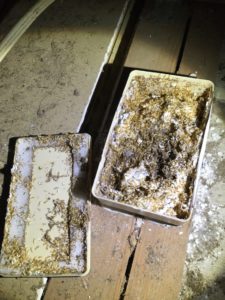
Both spot treatment and above ground baiting have their own particular advantages, and a good technician will use their experience to choose which method is going to be the most effective, depending on the environment, conditions, and termite species active.
Once the eradication process is complete, the homeowner is then left in charge to choose the best method to provide ongoing protection for their home.
This is where the lines between professional, and DIY termite protection can be confusing. Installing a chemical termite barrier around a structure will provide excellent protection from termites. This is something which should only be undertaken by a termite professional, with specialised equipment.
The installation of a termite baiting system is very much up for debate as to whether a professional is required. The process of installation can be done without specialist tools and equipment, and simple guidelines for termite bait placement are available. Many termite professionals make a good living from servicing termite baiting systems with unqualified staff, so in reality, the process of termite bait installation and management is something I believe should be left up to the homeowner if they so choose to save their money. It’s certainly not rocket science with the right system and qualified advice.
This is where we come in. We help homeowners protect their homes from termites, without the need for expensive and unnecessary expenses.
For further information, or qualified advice, just visit us or send an email. We specialise in putting the power in the homeowners hands, and your money back in your pocket.
Related Tag: Diy Termite Barrier Brisbane
